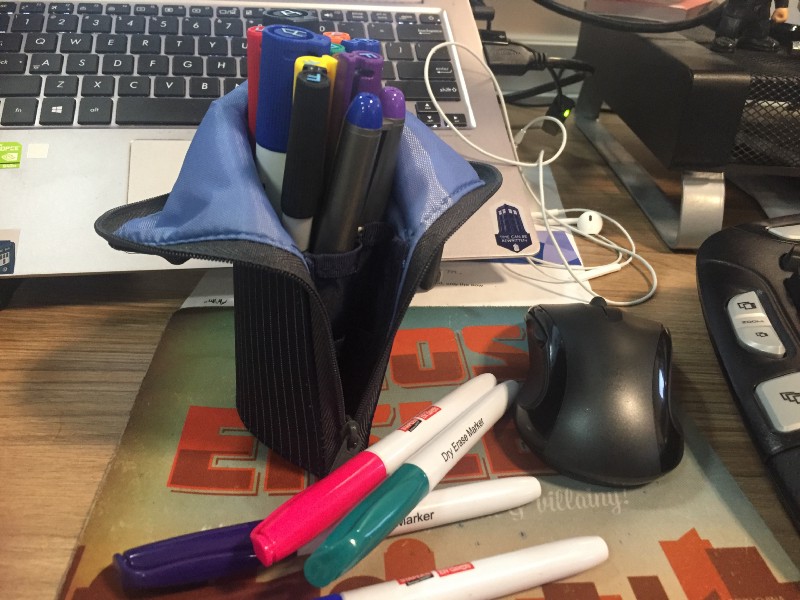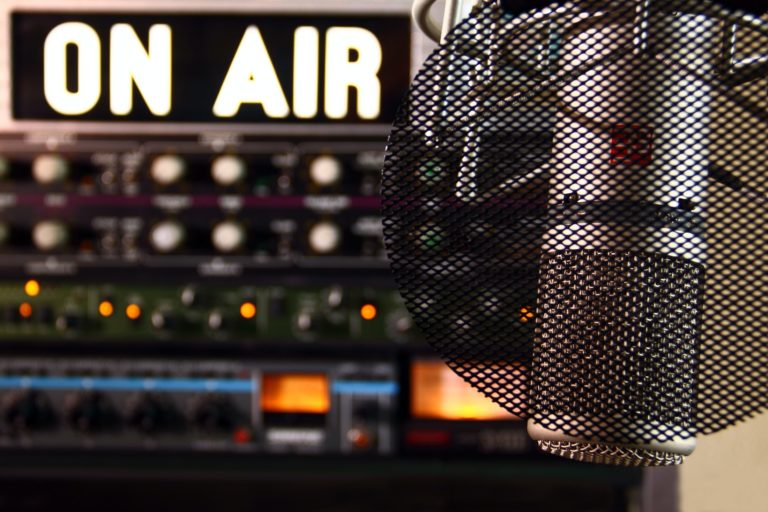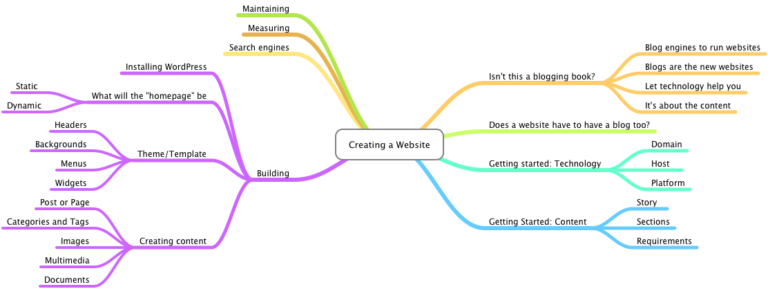It’s all about the whiteboards
I write a lot of stuff. And it all starts with a blank piece of glass

I’ve been on a bit of a writing tear of late. Which is good because writing is literally my job. I made a faux-resolution to write for myself this year. While work gets their 1500 words (ish) a day out of me, I’m trying to squeeze in at least a few hundred for myself as warm up posts or cathartic release from all the ideas I have and must get out of my head.
This week I came across a post about how Isaac Asimov generated this torrent of content and it clicked with me.
https://medium.com/personal-growth/isaac-asimov-how-to-never-run-out-of-ideas-again-b7bf8e09cc91
I have my own ways to get going?—?beyond my tips on breaking writer’s block?—?which centers around the humble whiteboard.
Scribble, scribble, toil, and troubles
Unlike this post which popped into my head as I sat down thinking “gee, it would be good to write something new for Medium today…”, most of my posts for Infobip start with someone saying “it would be great if we had a post on…” and I respond “sure, sounds good…” and head off to a small office that has a floor to ceiling glass wall for writing on.
It’s worth noting I’m wrangling to make this unused office my office and den of creativity. Negotiations are ongoing, but one day I might just move in there and claim squatter’s rights.
Anyway.

I head into the office armed with headphones, work phone for email, personal phone for music, coffee, a paper notebook (as compared to the computing kind), and a clutch of whiteboard markers.
Yes, I keep my own stock of whiteboard markers. All the good ones kept wandering away, so I got my own and I guard them at my desk. That and the gargoyle that watches over them and my Palomino Blackwings.

I stand at the piece of glass, marker in hand, and start to sketch out the topic. I outline. I doodle. I make a point and circle it. I erase and start over. I keep going until I have the post fully formed in my head. Then I click open my fountain pen (yep I’m that old school) and jot notes into my notebook. Glass whiteboards are awesome for writing (with a frosted glass backing), but are too reflective for good pictures.
If I forget something, I wander back to my little corner, and check. People have figured out that erasing the notes might cause a little consternation on my part, so they are left alone.
When I can’t get into the little office or I need too much research material in front of me, I do this same exercise in my handy notebook. It works, but it’s not the same. Standing at the whiteboard brings the ideas to life. Maybe it’s the dry erase fumes, but I think it’s the act of standing, pacing, sitting, more pacing, and talking the idea through that is the secret.
Most of all it’s about practice
Perhaps the most important part of how I work through ideas. How I turn “hey could we have a post about how banks can integrate our stuff and connect their legacy apps” into FinTech Innovation with Legacy Integration, is practice. It’s getting myself into a mindset of “set brain to 11, we’ve got people counting on something cool” and working through it until the idea pops out. It’s stepping into the shoes of my audience and answering a question in their minds’.
The whiteboard is a tool. It’s a technique to channel the ideas. I get lots of great ideas sitting and watching cars go by on the street. Or closing my eyes and letting my mind chew on the idea seed of the idea for a while.
But the whiteboard is the way I can channel all that and have something to come back to later.
The whiteboard is physical. It’s tactile. I’m connected to my ideas. I see ideas form right there on the smooth glass.
And then I take those ideas and bring them into reality on the screen.
And then I do it all over again.
Not a bad way to earn a living I’d say.


